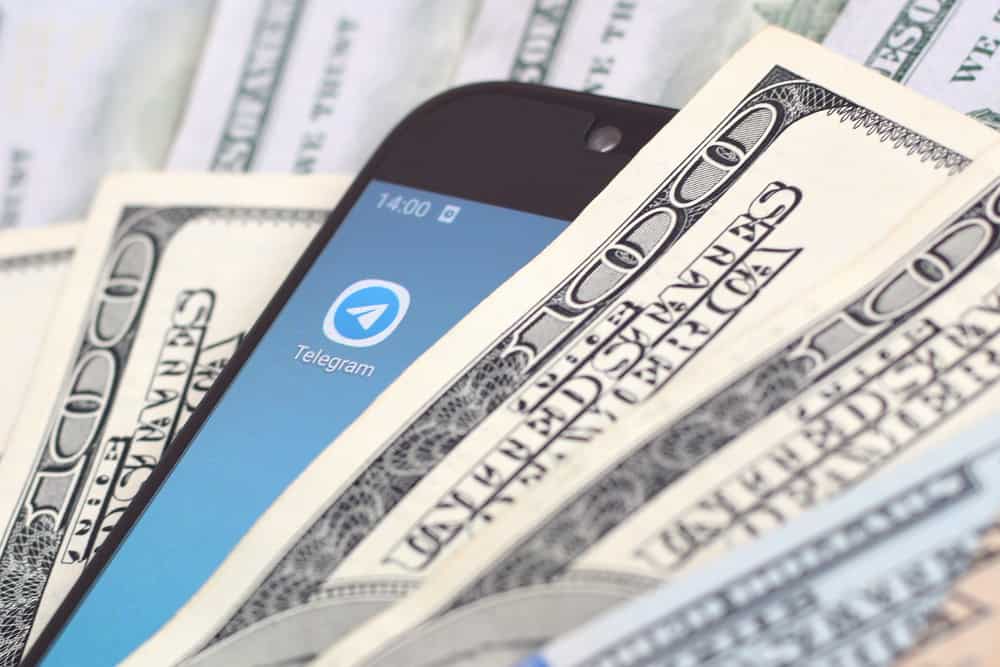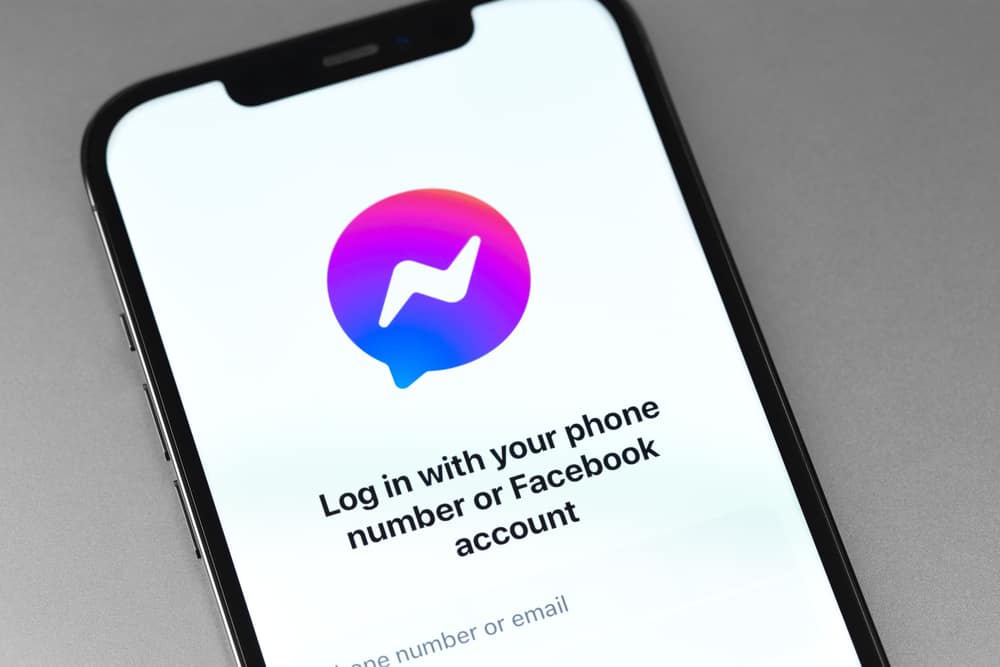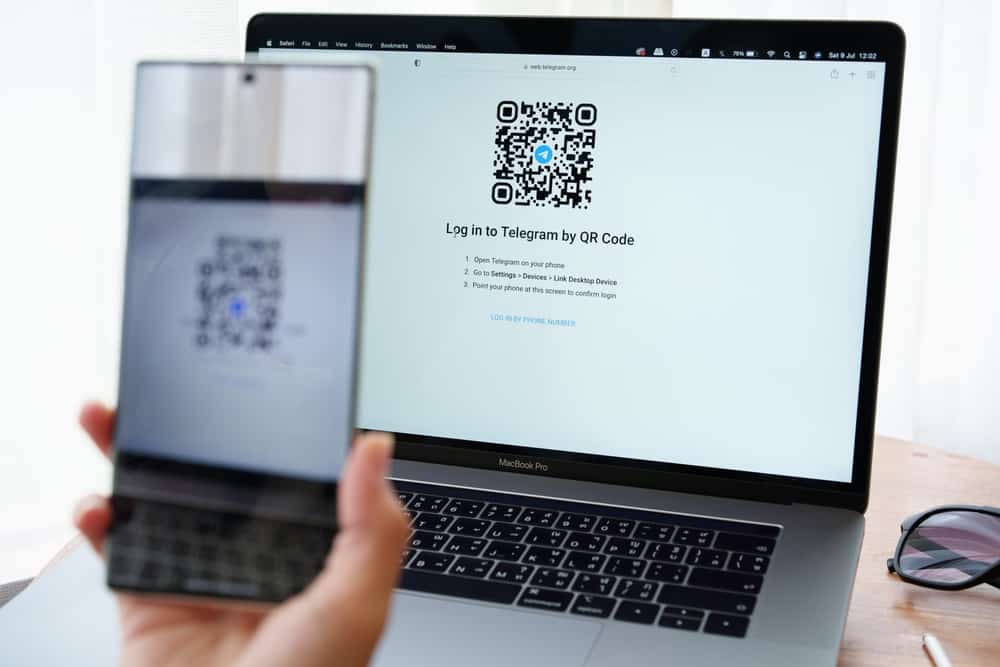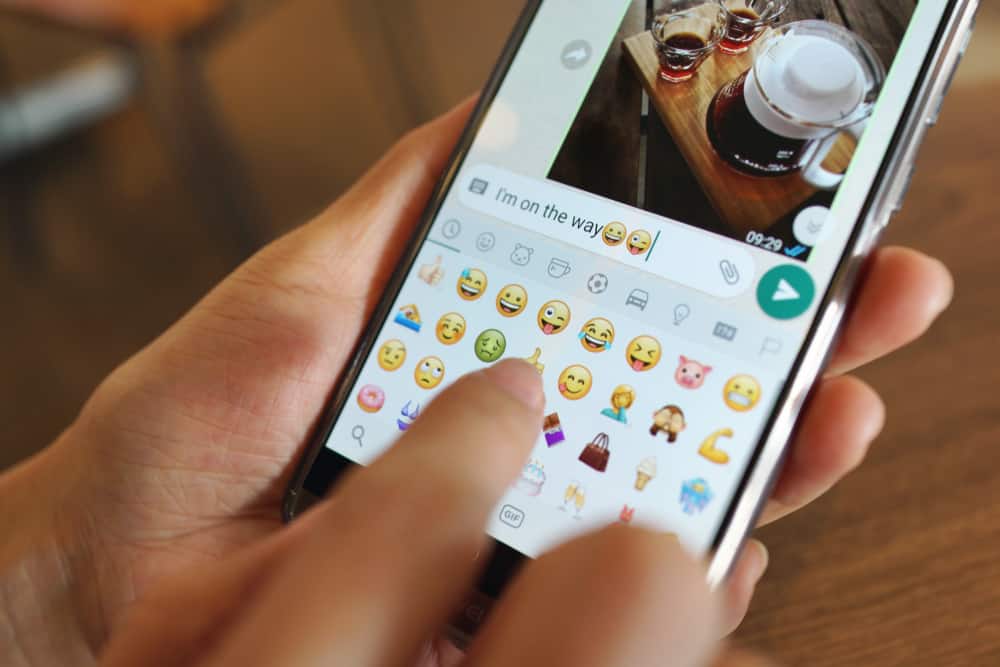
Following Telegram’s inception in 2013, it quickly rose to fame to become the third most downloaded messaging platform in the world.
Most of its popularity stems from the fact that it enables encryption messaging; it’s predominantly Ad free and also free to use.
The facts mentioned earlier beg the question, how does Telegram make money?
As of now, Telegram generates revenue from sponsored messages, premium subscriptions, donations from well-wishers, and selling bonds to investors. However, there is speculation that the app’s developers have underlying plans of further monetizing the site.
This article focuses on Telegram’s business model, features that set it apart, its history, and other additional information.
The Backstory of Telegram’s Earnings
When Telegram was initially launched, it was fully funded by the Durov brothers, namely Nikolai and Pavel. The two had just gotten paid a lot of money for selling their first start-up in Russia called VK (Vkontakte).
The plan was the two would be the sole investors, and their goal was never to make revenue off the app. However, they hadn’t anticipated the number of users the site would generate in a considerably short time.
Keeping in mind that more users meant the owners needed millions of dollars to keep the company afloat, it was no longer feasible to continue funding it out of pocket.
At that point, Telegram announced that it wanted to launch its blockchain platform, which would have opened up a few revenue-generating avenues.
Although the project received $1.7 billion in funding for the initial count exchange, it never came to fruition due to being halted by the US Security and Exchange Commission.
Does Telegram Make Any Money?
According to the initial core values of Telegram that were coined by the Dubrov brothers, the company was never intended to generate revenue, nor was it planning ever to accept funding from outside investors.
However, the co-founders soon announced on their public channel that they would have to monetize the site to continue operation.
Soon after the announcement, Telegram launched ads but with a twist. In that, users could pay for sponsored messages tailored to fit a specific topic. After that, the message would be broadcasted to public channels that specialize in the same topic as the message.
Whoever commissioned the sponsored message is billed according to how many views the ad generates, but they are allowed to set a budget, so they don’t overspend.
In 2022, Telegram launched its second monetization strategy, premium subscriptions. For an affordable fee of $4-$6, premium users get the following additional features:
- Ability to animate profile icons
- Fast download and upload speeds
- Ability to share large files simultaneously
- Verification tags in chats
- Voice-to-text conversations
- Unique app icons
- Ability to follow double the normally allowed number of channels
- Unique stickers and reactions, etc.
The above strategy worked so well that other sites, such as Discord, adopted it.
As of now, it’s unclear whether Telegram plans to launch other monetization schemes but judging by its steady growth, chances are it will have to deduce another money-making scheme.
What Differentiates Telegram From Other Sites?
Even though there are several messaging apps in the market, Telegram still managed to infiltrate the market and garner millions of users. Part of this was because of its unique features and characteristics.
Below are some of the distinguishing factors between Telegram and other apps.
Quality
Apps such as WhatsApp automatically compress media data before sending it, which will, in turn, ruin the quality. Conversely, Telegram allows users to send media in its truest form, even when the file is large.
For that reason, whenever you send media via the Telegram site, the recipient will receive it in its true form, which makes the app a perfect avenue for sending each other videos and music.
Storage
Telegram exclusively stores user data in the cloud. This way, you can easily access your chats via any device at whatever time so long as you remember your credentials.
Thanks to the cloud storage feature, you don’t have to back up your chat contents on your phone, which is great, especially if your device has limited storage.
Please note that the site also allows you to save media from the site to your phone whenever you want to send it to other media sites or have an extra copy.
Privacy
Telegram’s main marketing point is that its primary design favors the privacy and security of users’ data.
For this reason, you are assured that everything you send via the site is end-to-end encrypted, and your data is protected and never sold to third parties for a profit.
File Size
All messaging apps have a maximum volume of data users can send at once. Compared to other sites, such as Snapchat, Telegram is one of the few that can allow you to send media in various formats that are as large as 2 gigabytes.
Also, the fact that Telegram has cloud storage means you can upload/download large videos and then delete them afterward if you want.
Telegram Funding and Valuation
Due to the fact that Telegram is a privately owned entity, its current valuation is private knowledge. All we know is that the founders have received over $2.7 billion in funding so far.
Some of the funds were raised for the initial coin exchange, which never came to be. However, please note that rumors had it that Telegram vowed to return the funding to the respective investors though there has never been proof of the same.
The rest of the funding was from when investors bought bonds meaning the company is now in debt. Most investors who purchased the said bond are UAE-based, namely Oyster ventures, Mubadala, and so forth.
Conclusion
If you value your privacy but don’t want to pay a lot for the service, then Telegram was created with you in mind.
The site has stringent measures that ensure your data is fully encrypted for privacy while still being predominantly free, thus providing a top-notch user experience.
However, you can donate or pay for a premium subscription to help the app generate much-needed funding.











